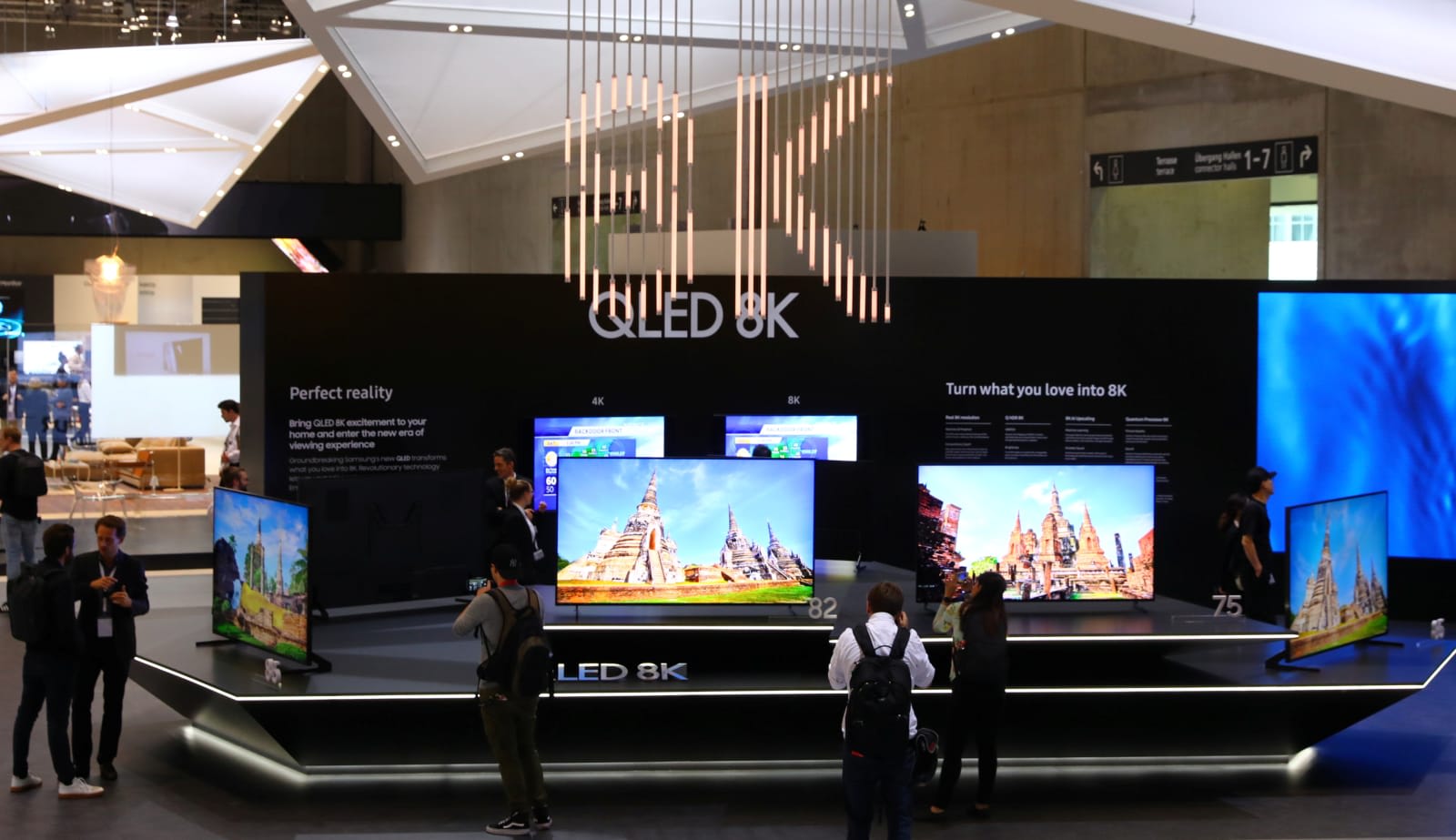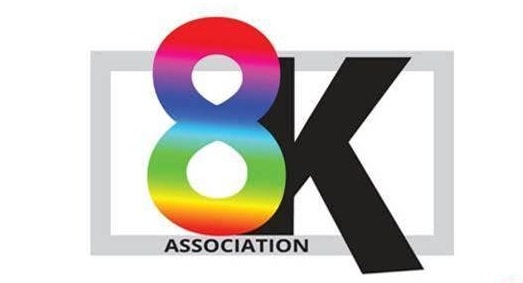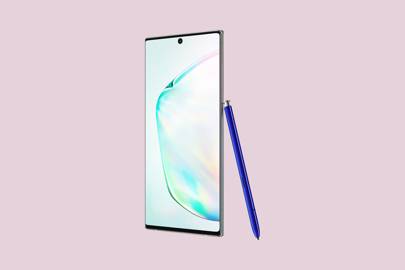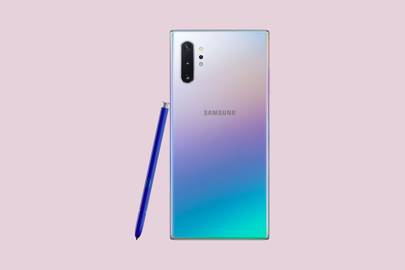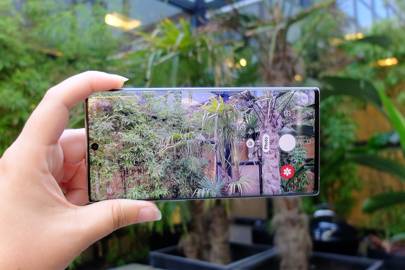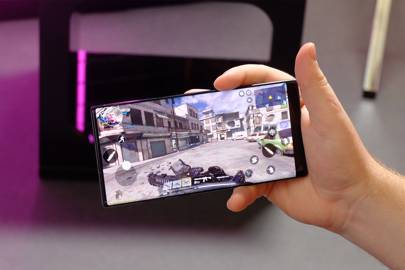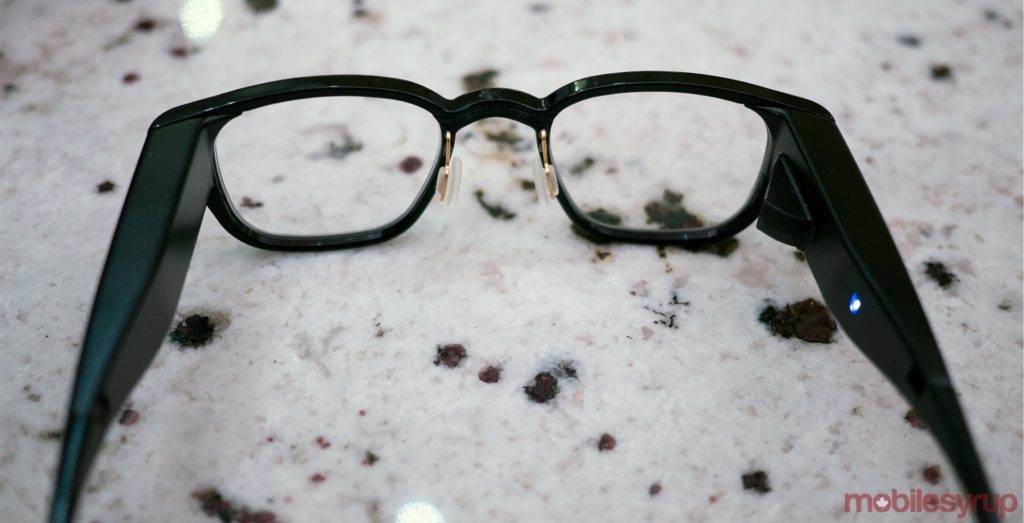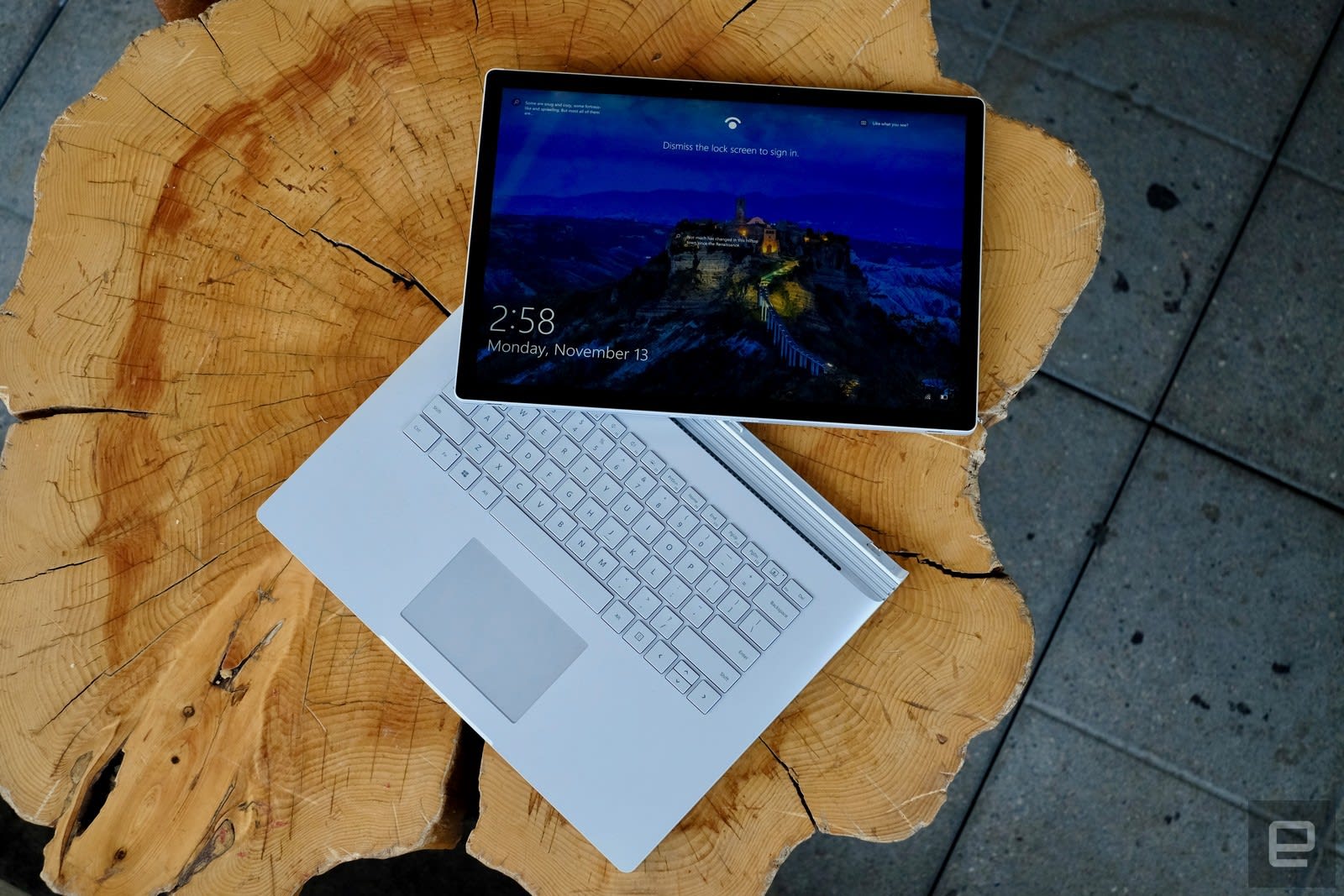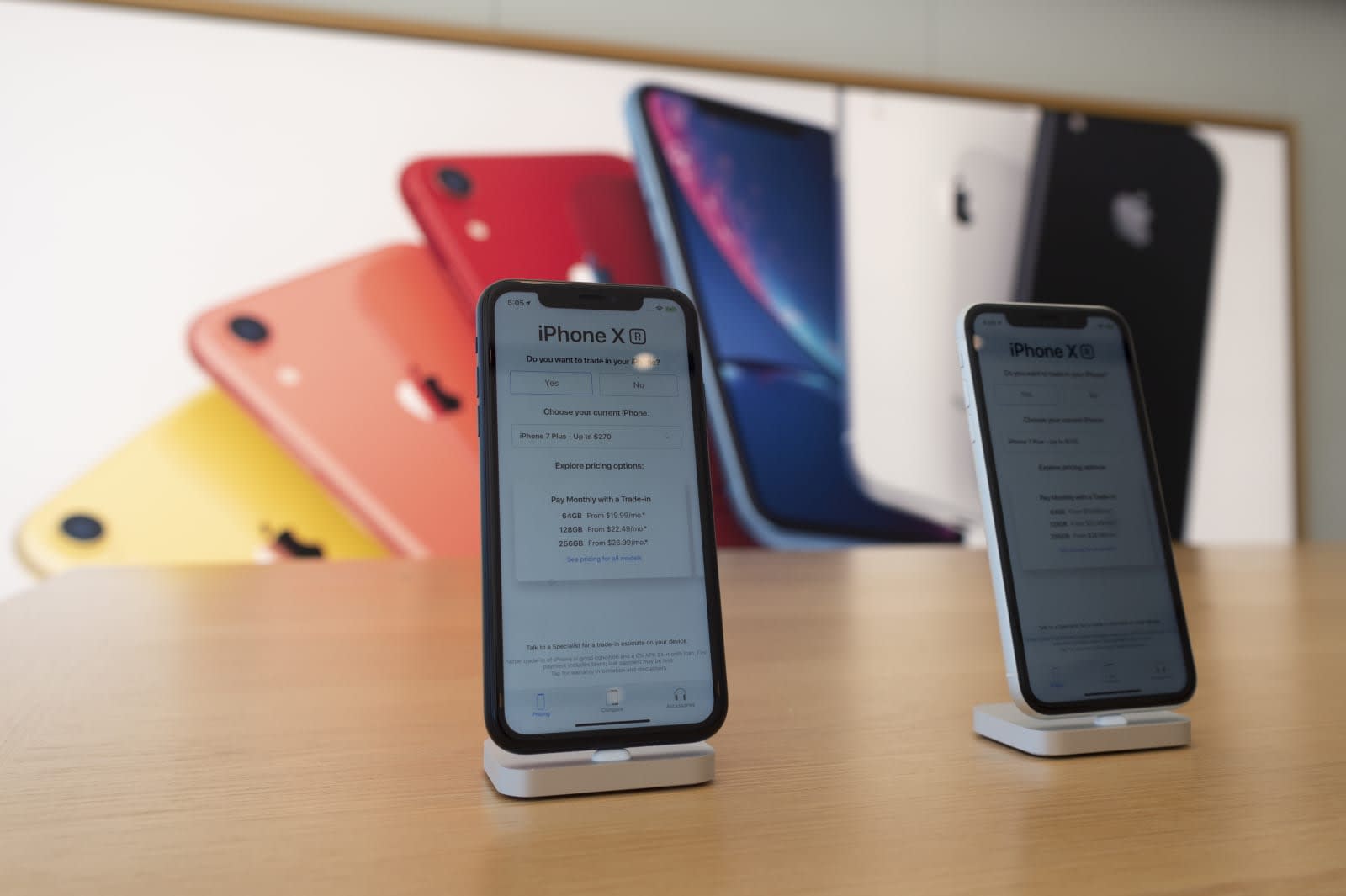The iPhone 11 doesn’t currently seem interesting enough to sway me from my perpetual ambivalence to Apple’s smartphones – they all seem like phones that are struggling to keep up with Android competitors, but ship for twice the price – but there might be a device in the works that changes my mind.
If rumors are to be believed, the iPhone 11 release will also bring with it the surprise unveiling of the iPhone 11 Pro; a handset that’s top-end even by iPhone standards, one that will come with an Apple Pencil-style stylus, and presumably a big screen.
This iPhone 11 Pro isn’t confirmed by any means, but there have been enough leaks about the handset for us to take them seriously, and it has us considering the possibility that Apple is going to take its iPhones down the path of the iPads – bringing out several different variants, headed by the powerful iPad Pro.
If real, the iPhone 11 Pro will be a huge departure from previous iPhones – and this fascinates me, since I don’t think most iPhones improve enough between iterations. While I still respect Apple’s products – the iPad Pro 12.9 (2018) is my go-to tablet – I’ve always felt the phones are a little disappointing.
However, if the iPhone 11 Pro rumors prove true, it could be the first Apple phone that I’m actually interested in or, dare I say it, excited for. Here’s why.
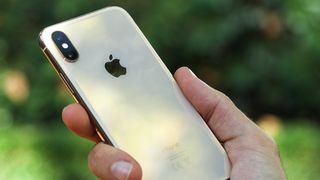
The iPhone XS
(Image credit: Future)
What makes the iPhone 11 Pro so different?
While we don’t know the processing power, dimensions, camera specs, or special features of the iPhone 11 Pro, what we have heard is that it may come with a smaller Apple Pencil stylus, similar to the S Pen that comes with the Samsung Galaxy Note 10.
In the Note 10, the S Pen has a range of useful features. You can take notes, draw, and annotate, as well as use several gestures that trigger functions, like taking pictures. Although they’re similar devices in terms of specs, the Samsung Galaxy S10 presents a completely different phone experience to the Note 10, and that’s because it doesn’t have the stylus.
This distinction will potentially be echoed in the iPhone 11 Pro. Assuming the base iPhone 11 is a small step up from the iPhone XS, the Pro will be the device which brings interesting new changes to the iPhone series, and that’s a step up that’s rare in Apple’s phone range.
What’s so special about a stylus?
A phone stylus isn’t just a replacement for a finger for people who have constantly grubby hands, but a peripheral that adds an extra layer of functionality to your handset.
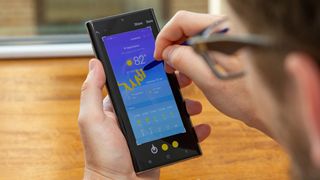
The Samsung Galaxy Note 10 with its S Pen
(Image credit: Future)
The reason for this is that it’s just easier to draw with a stylus than with a finger. Styluses are designed for drawing on smartphone screens, and the experience of drawing is smoother because there’s less friction than when you’re using a human finger.
On top of that, us humans are trained to write and draw with a pencil, not with our fingers, so it’s more natural to use a stylus, and a lot more precise too.
Have you ever tried taking quick notes with a smartphone? It’s hard to type efficiently on such a small keyboard, and hand-written notes often look gibberish when using a finger. However, when you use a stylus, it’s easy to quickly write down notes and thoughts on the fly.
You can also draw, and annotate documents, so much more easily with a stylus, and it feels a lot more natural to do all of those things.
Why is this all so exciting?
I like to take notes, sign forms, and annotate documents a lot – I currently use an iPad Pro with Apple Pencil for this, but it can be pretty annoying to have to pull that out of my bag every time I need to do a quick task. A phone with a stylus would be valuable.
Yes, I could buy a Samsung Galaxy Note 10, but I’m a big fan of the iPad Pro, and really respect the way Apple’s ecosystem of devices works together smoothly. However, I haven’t gone down the phone route yet because, honestly, iPhones just seem a little boring, and Android phones are all a lot more exciting at the moment.
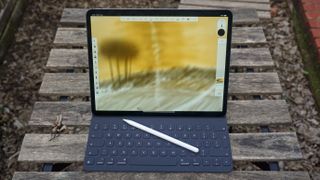
Sketch to your heart's content on an iPad Pro with its Apple Pencil
(Image credit: Future)
But if Apple were to bring out an iPhone 11 Pro with a stylus, designed for professionals or creatives, it would leave the other iPhones in its dust, and I’d be able to get so much more mileage out of it.
By writing this opinion piece out, I’ve managed to get myself anticipating a device which isn’t even remotely confirmed by Apple yet, and it’s worth bearing in mind that it’s entirely possible the iPhone 11 Pro isn’t a thing (or that it ends up getting called something totally different). Rumors and leaks sometimes point to real devices, but just as often they’re totally bogus.
Saying that, I’m surely not alone in hoping Apple finds some new way to make the iPhone 11 range a real step up from the iPhone X – the kind of step the iPhone XS wasn’t – and a stylus-toting high-end device would be just that handset.
https://www.techradar.com/news/iphone-11-pro-will-be-the-first-iphone-im-actually-interested-in-if-it-exists
2019-08-31 10:00:00Z
52780368881675
